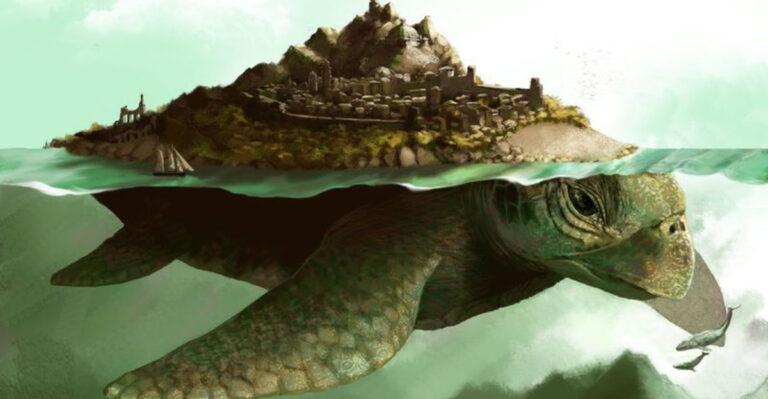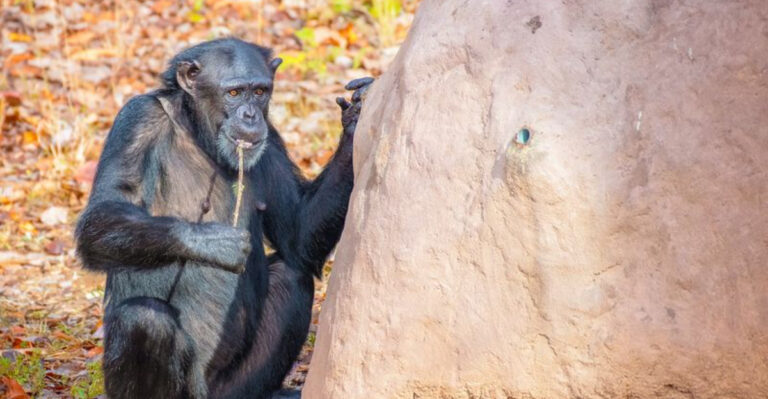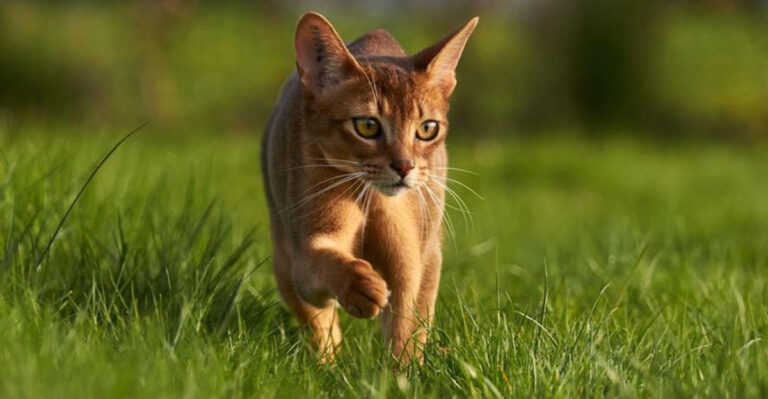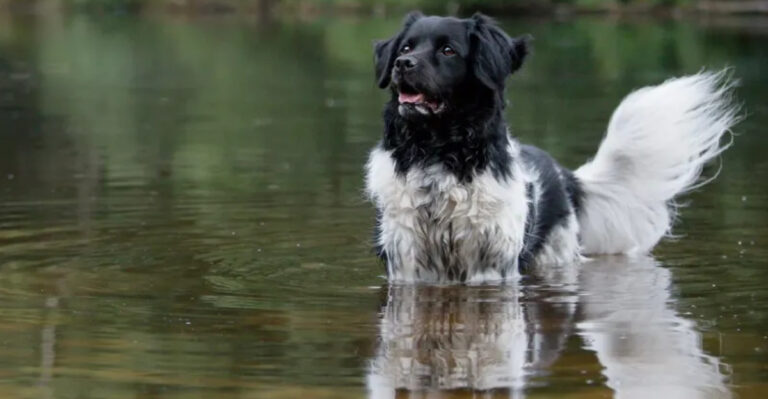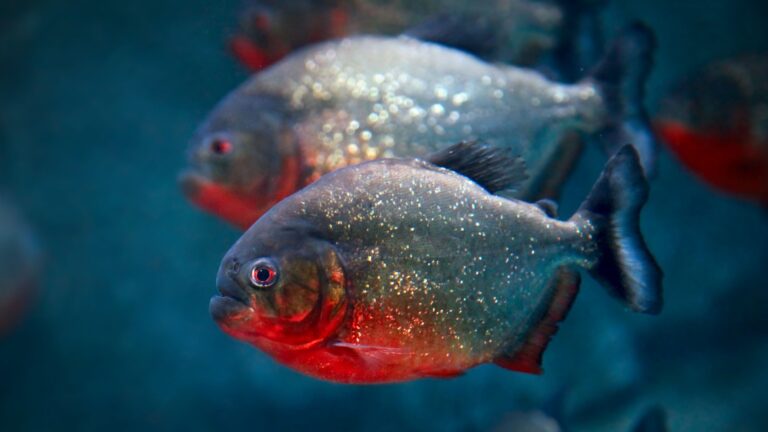The Oldest Bird Species Still Thriving In The World Today
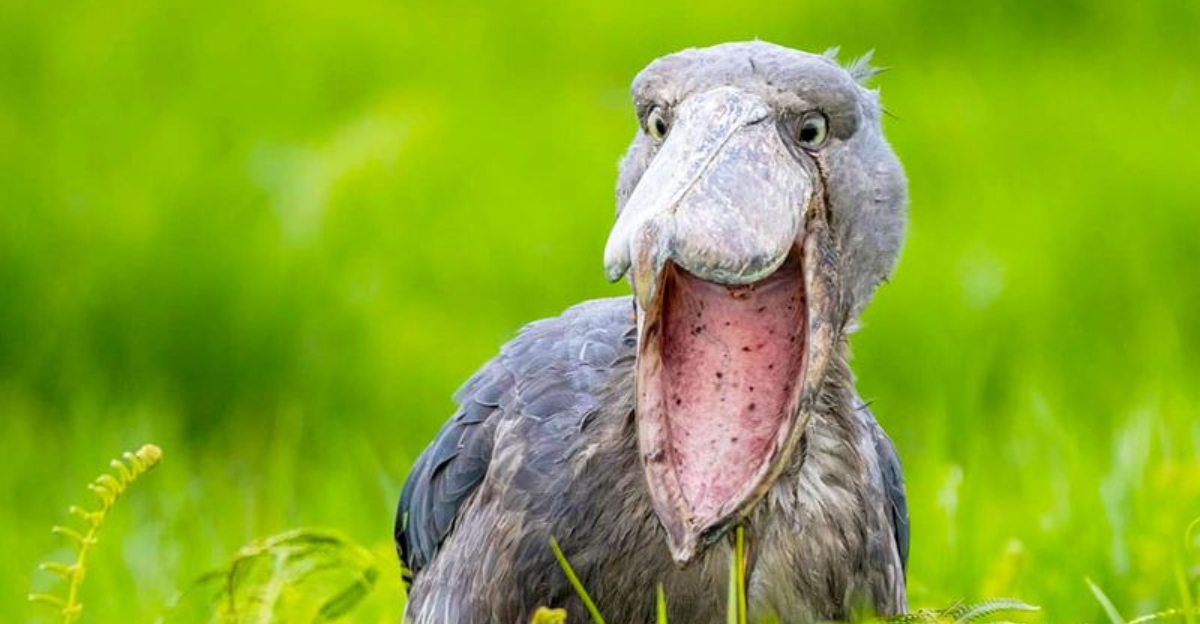
Birds have been soaring through our skies for millions of years, with some species barely changing since prehistoric times. These living dinosaurs give us a glimpse into Earth’s distant past, showing how adaptable and resilient nature can be.
Join me as we explore the most ancient feathered creatures that have survived mass extinctions, ice ages, and changing continents – yet continue to thrive in our modern world.
1. Hoatzin – The Prehistoric Leaf-Eater
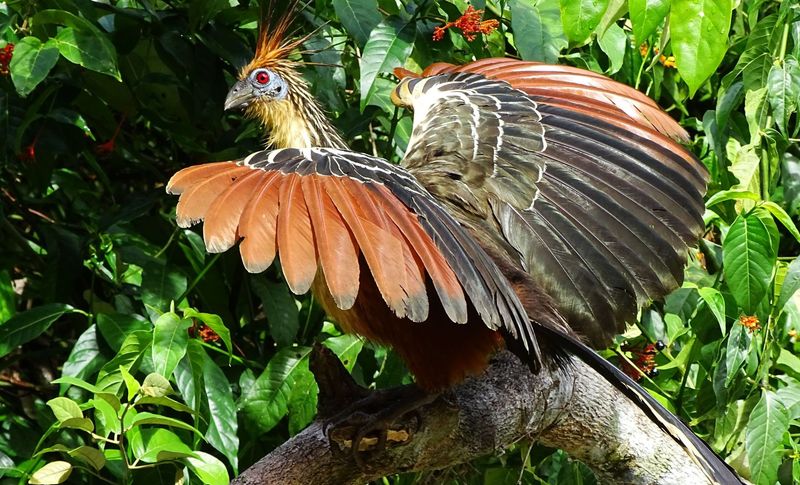
Often called the ‘stinkbird’ due to its cow-like odor, the Hoatzin stands as a biological puzzle that scientists still debate about. Young Hoatzins possess claws on their wings – a feature straight from the dinosaur era – allowing them to climb trees before they can fly properly.
Their digestive system works more like a cow’s than a bird’s, fermenting leaves in an enlarged crop. This unique adaptation gives them their distinctive smell but allows them to eat vegetation other birds can’t digest.
Fossil evidence suggests the Hoatzin’s lineage has remained largely unchanged for around 64 million years, making it a genuine living fossil in our modern forests.
2. Cassowary – Jurassic Park On Two Legs
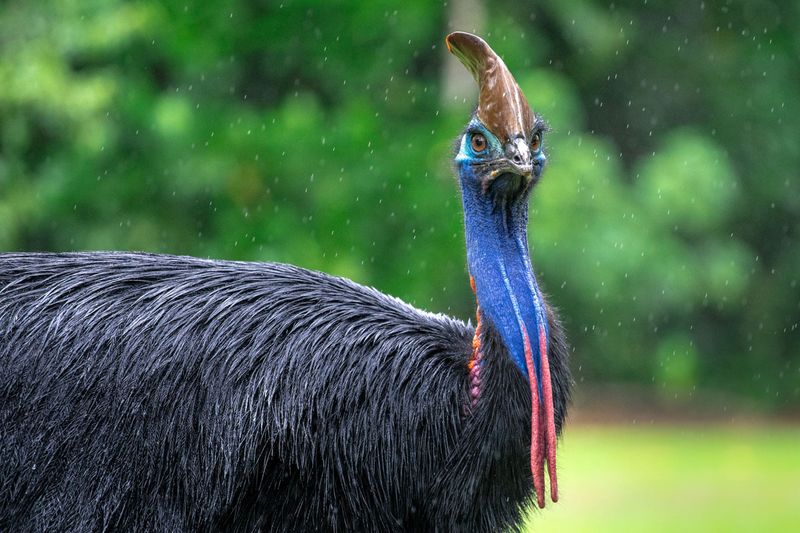
With dagger-like claws and a helmet-shaped casque on its head, the cassowary looks like it walked straight out of a dinosaur documentary. These flightless birds have barely changed in 60 million years, maintaining their prehistoric appearance while adapting perfectly to dense rainforest life.
A single kick from a cassowary can be lethal – their middle toe sports a 5-inch claw capable of slicing predators open. Despite this fearsome reputation, they primarily eat fruits, playing a crucial role in seed dispersal throughout their habitats.
Their bright blue necks and red wattles contrast with their black feathers, creating one of nature’s most striking yet ancient designs.
3. Kiwi – New Zealand’s Living Fossil
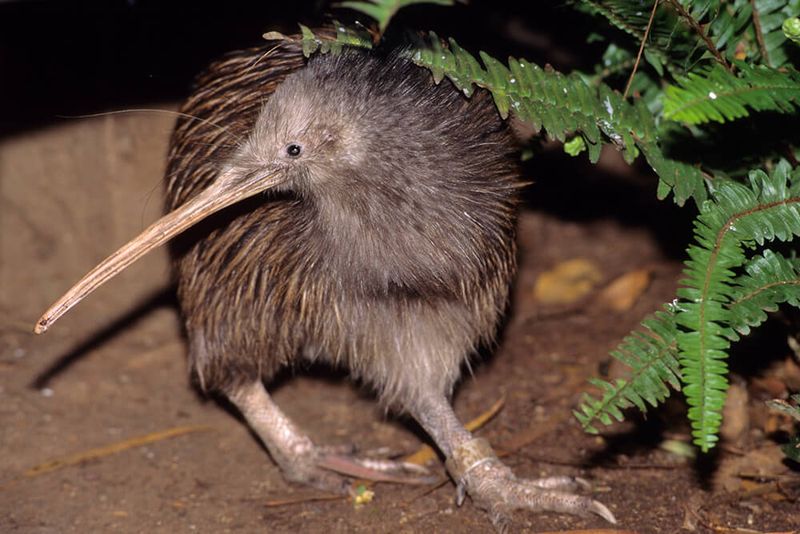
Hidden away on New Zealand’s isolated islands, kiwis evolved without mammalian predators for over 50 million years. Their bizarre appearance – no visible wings, whisker-like feathers, and nostrils at the tip of their long beak – makes them utterly unique in the bird world.
Female kiwis lay eggs that can weigh up to 20% of their body weight – proportionally the largest egg of any bird. If humans gave birth at the same ratio, a baby would weigh about 30 pounds!
Despite looking delicate, kiwis are surprisingly hardy survivors. Their ancient lineage has weathered dramatic climate changes and continental shifts while maintaining their distinctive form.
4. Magpie Goose – Australia’s Unchanged Waterfowl
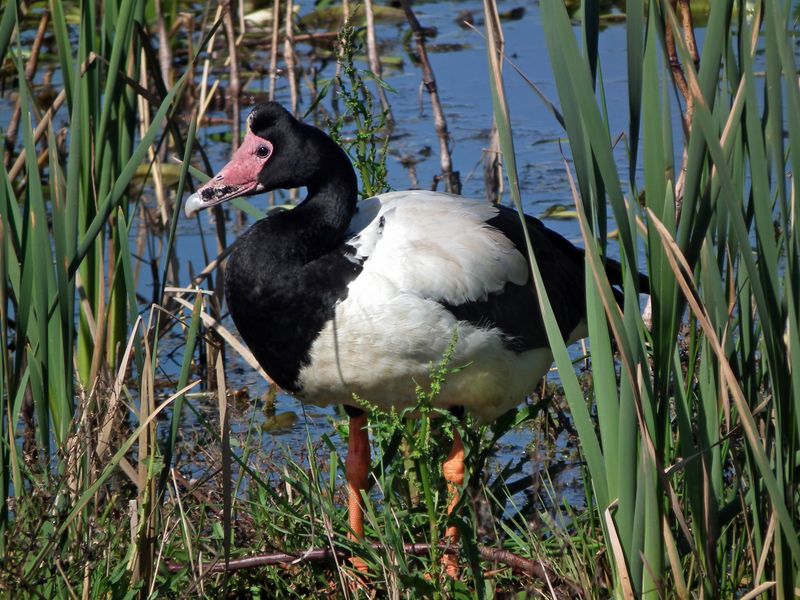
While not as famous as some ancient birds, the magpie goose represents one of the oldest waterfowl lineages still alive today. Fossil evidence places their virtually unchanged ancestors at around 40 million years old – making them living windows into the Eocene epoch.
Unlike most modern waterfowl, magpie geese have only partially webbed feet and perch in trees despite their goose-like appearance. Their unusual breeding system often involves one male with two females sharing nest-building and incubation duties.
These distinctive black and white birds survived Australia’s dramatic climate changes through the millennia while many other species disappeared, proving their remarkable adaptability despite their ancient origins.
5. Ostrich – Ancient Giant Of The Savanna
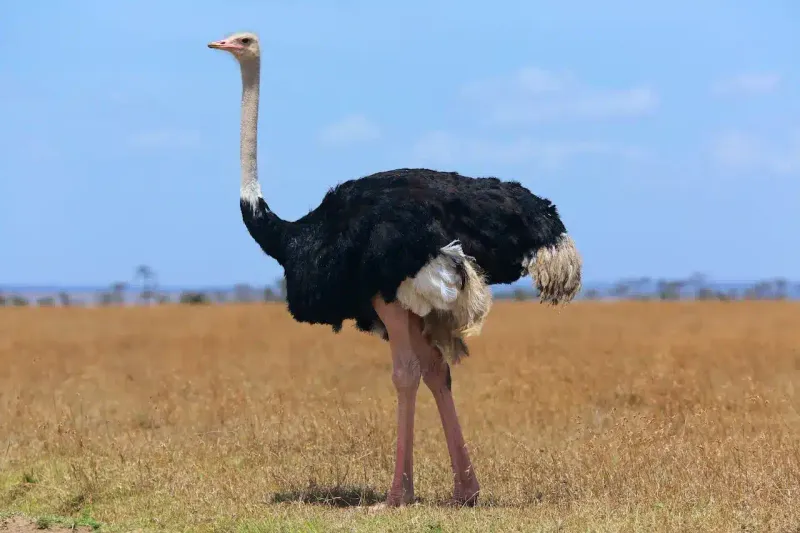
Reaching speeds of 45 mph and standing nearly 9 feet tall, the ostrich represents one of Earth’s oldest bird lineages still thriving today. Their ancestors appeared around 40 million years ago, with their distinctive two-toed feet and flightless lifestyle already established.
An ostrich’s powerful legs can deliver kicks strong enough to kill lions – a defense mechanism perfected over millions of years. Their enormous eyes (the largest of any land vertebrate) provide exceptional vision across the savanna landscapes they’ve dominated for eons.
Despite their ancient origins, ostriches remain incredibly successful birds, adapting to diverse African environments from semi-desert to savanna with their prehistoric blueprint largely intact.
6. Shoebill Stork – The Bird That Time Forgot
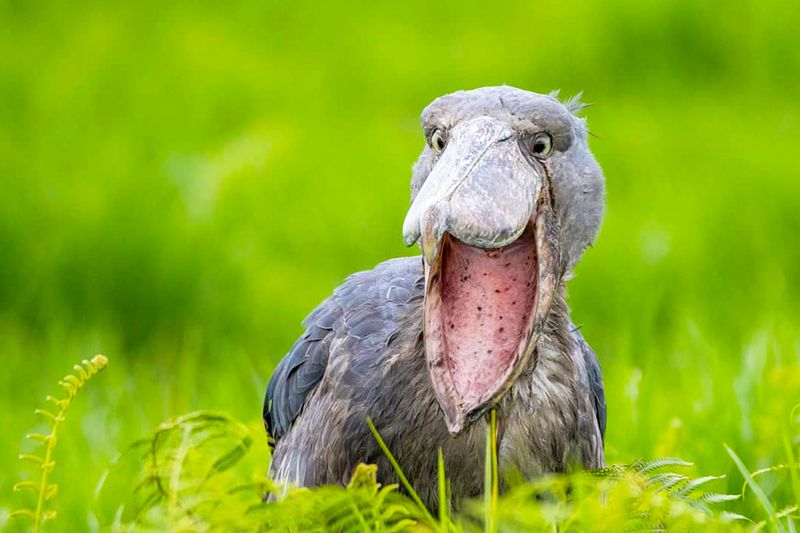
Standing motionless like a statue at the water’s edge, the shoebill stork appears more like a character from a fantasy novel than a real bird. Its massive shoe-shaped bill can grow over 7 inches long and snaps shut with deadly precision when hunting lungfish or baby crocodiles.
Fossil records show that shoebills have maintained their distinctive appearance for approximately 45 million years. Their prehistoric look is no accident – they’re related to some of the earliest modern bird ancestors.
These solitary birds rarely make sounds except for an occasional machine-gun-like bill-clattering that echoes across African wetlands – a vocalization as ancient as the species itself.
7. Pelican – The Unchanged Fisher
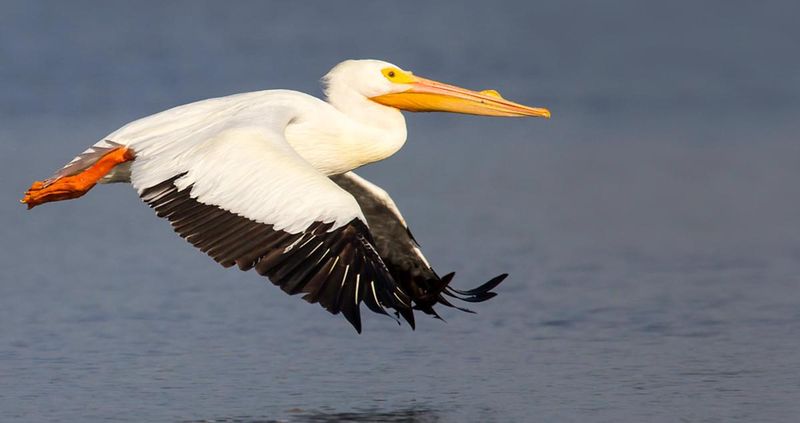
With their distinctive pouched bills and prehistoric appearance, pelicans have remained remarkably unchanged for approximately 30 million years. Fossils from the Oligocene epoch show birds nearly identical to modern pelicans, complete with their specialized fishing equipment.
A pelican’s throat pouch can hold up to three gallons of water – more than triple its stomach capacity! This ancient adaptation allows them to scoop up fish with astonishing efficiency, a hunting technique perfected through millions of years of evolution.
Despite their somewhat clumsy appearance on land, pelicans are masterful fliers, with some species capable of soaring 10,000 feet high using thermal currents – a skill their ancestors possessed when dinosaurs still walked the Earth.
8. Secretary Bird – Serpent Hunter Of The Ancient Plains
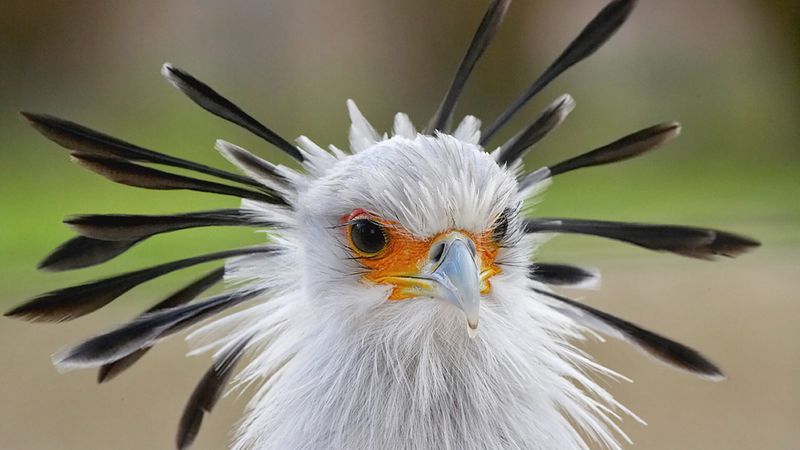
Striding across African grasslands on stilt-like legs, the secretary bird looks like nature’s experiment in creating the perfect snake hunter. Their distinctive appearance – eagle-like head on a crane-like body – has remained virtually unchanged for approximately 28 million years.
Secretary birds don’t use their beaks to kill prey like most raptors. Instead, they stomp snakes to death with powerful, precise kicks that can deliver 195 newtons of force – enough to crush a human skull. This specialized hunting technique evolved in their ancient ancestors.
The name “secretary” comes from their crest feathers resembling quill pens that old-time secretaries would tuck behind their ears – though their predatory lifestyle is anything but clerical!
9. California Condor – Ancient Scavenger Of The Skies
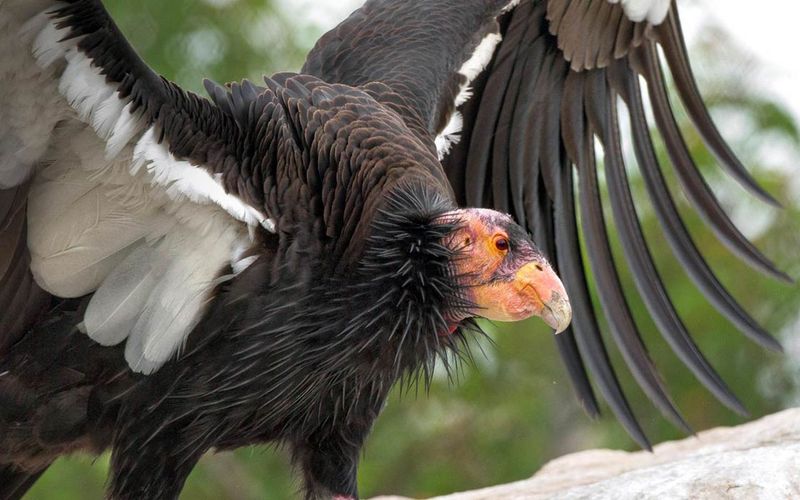
With a wingspan stretching nearly 10 feet, California condors soar on thermal currents as living relics from the Pleistocene epoch. Their lineage dates back approximately 2.5 million years, making them one of North America’s oldest surviving bird species.
These majestic scavengers once shared the landscape with mammoths and saber-toothed cats, cleaning up carcasses across prehistoric America. Their bald heads – an adaptation for hygiene when feeding on carrion – haven’t changed since their ancient ancestors first developed this feature.
By 1987, only 27 California condors remained alive. Through intensive conservation efforts, their population now exceeds 500 – proving that even ancient species can bounce back from the brink of extinction.
10. Emu – Australia’s Ancient Wanderer
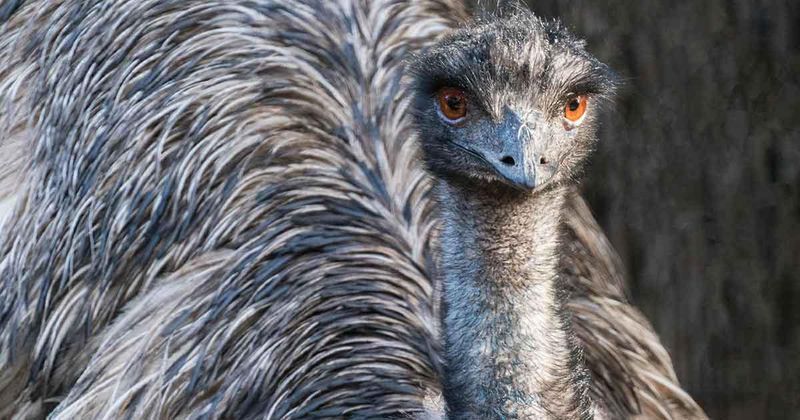
Emus have been wandering Australia’s harsh landscapes for approximately 20 million years, their lineage barely changing while continents shifted and ice ages came and went. These flightless birds can sprint at 30 mph and stand over 6 feet tall – proportions inherited from their ancient ancestors.
Their feathers evolved to be more hair-like than typical bird plumage, an adaptation to Australia’s extreme climate variations. Each double-shafted feather helps regulate temperature in environments ranging from scorching deserts to cool highlands.
Unlike most birds, female emus compete for males, who then incubate the eggs alone for eight weeks without eating or drinking – a remarkable parental investment strategy developed over millions of years of evolution.
11. Marabou Stork – The Undertaker Bird
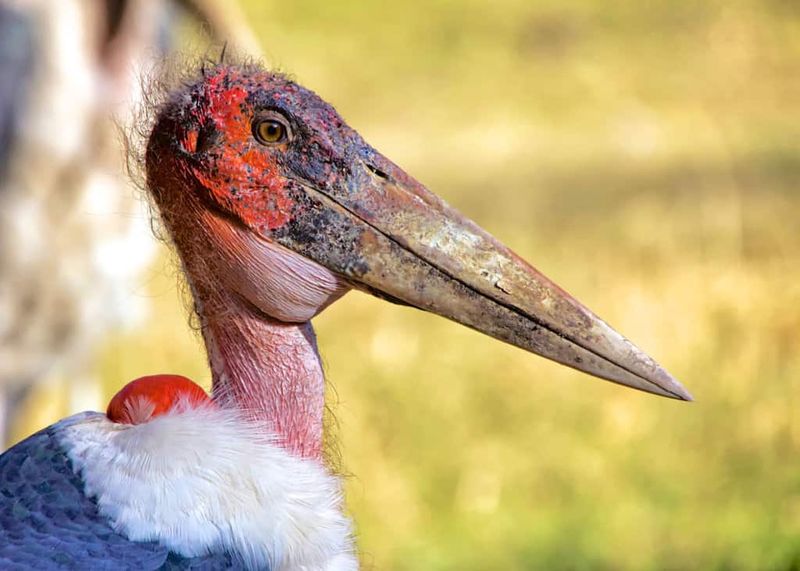
With their hunched posture, bare head, and massive bill, marabou storks look like they’ve stepped out of the prehistoric past – because they essentially have. Their lineage dates back approximately 20 million years, with their scavenging lifestyle and distinctive appearance remaining largely unchanged.
These enormous birds can stand 5 feet tall with a 10-foot wingspan. Their bare heads and necks – adaptations for hygienic feeding on carrion – give them a distinctly ancient and somewhat sinister appearance that earned them the nickname “undertaker bird.”
Marabous possess a unique throat sac they can inflate for courtship displays and temperature regulation – an adaptation their ancestors developed millions of years ago that continues to serve them well today.
12. Southern Screamer – South America’s Living Ancestor
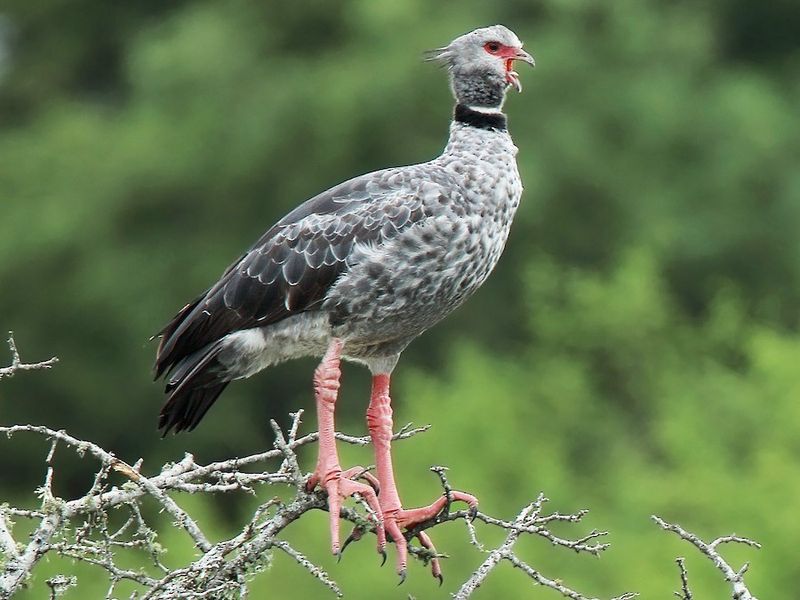
Looking like a bizarre hybrid between a goose and a turkey, the southern screamer represents one of Earth’s oldest waterfowl lineages. Fossil evidence suggests their ancestors were already established 15-20 million years ago, with remarkably few changes to their appearance since then.
Despite their goose-like appearance, screamers have no webbing between their toes – a primitive feature retained from their ancient ancestors. Their wings contain sharp spurs used for defense, another prehistoric trait rarely seen in modern birds.
True to their name, southern screamers produce ear-splitting calls that can be heard over 2 miles away – a vocal adaptation perfected through millions of years of evolution to communicate across South America’s vast wetlands.
13. Hooded Pitohui – Poisonous Bird Of New Guinea
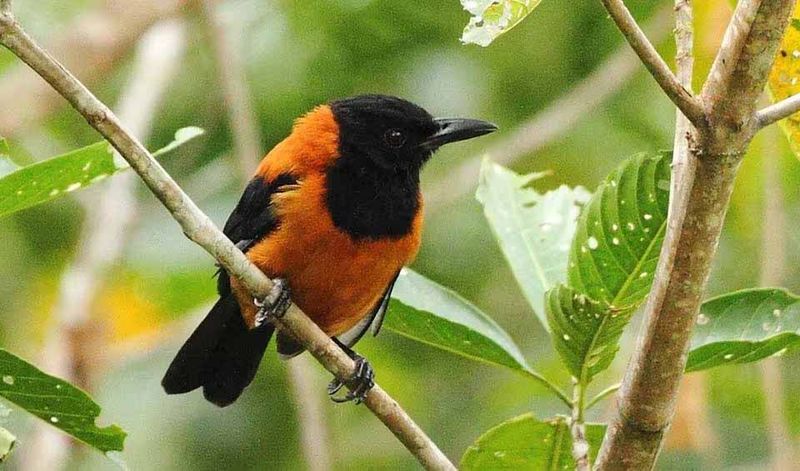
The hooded pitohui holds a remarkable distinction as one of the few poisonous birds on Earth – an ancient defense mechanism its ancestors developed approximately 15 million years ago. Their bright orange and black plumage serves as a warning coloration that has remained unchanged for millennia.
These toxic birds acquire their poison from beetles in their diet, then incorporate the chemicals into their skin and feathers. Native New Guineans have long known to avoid these birds, calling them “garbage birds” because of their bitter, burning taste.
Scientists only discovered their toxicity in 1989, showing how ancient adaptations can still surprise modern researchers. Their neurotoxin is chemically identical to that found in poison dart frogs – a remarkable case of convergent evolution.
14. Helmeted Hornbill – Forest Dinosaur Of Southeast Asia
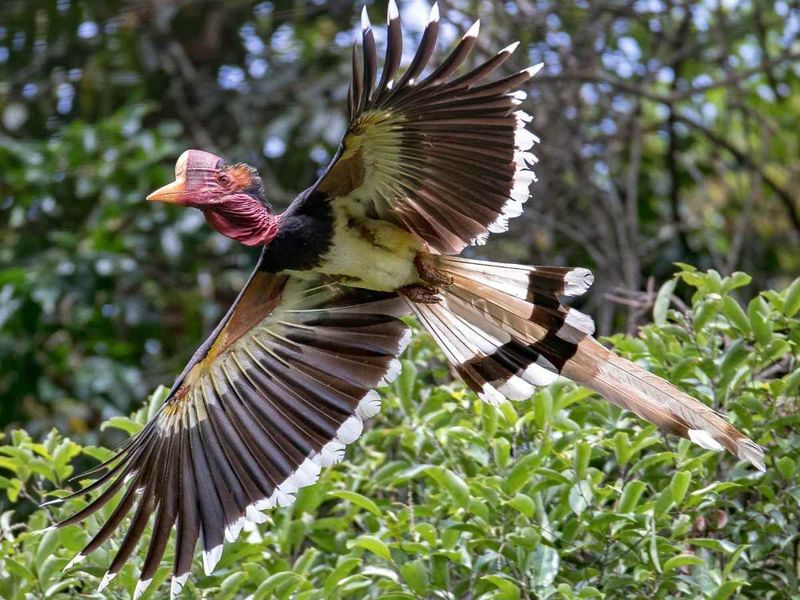
The helmeted hornbill sports a massive solid casque (horn) on its head that accounts for 10% of its body weight – a feature unchanged for approximately 15 million years. Unlike other hornbills with hollow casques, this solid “helmet” serves as a battering ram during aerial jousting matches between males.
These remarkable birds produce sounds unlike any other bird – a series of accelerating “took” calls followed by maniacal laughter that echoes through the ancient forests they inhabit. Indigenous peoples have revered these calls for thousands of years.
Sadly, the helmeted hornbill faces extinction due to poaching for its casque, which is carved like ivory. Conservation efforts now focus on saving this living fossil before its 15-million-year lineage disappears forever.

